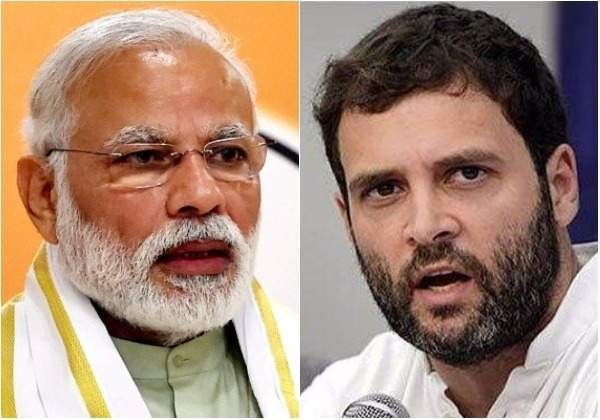
Buoyed by his party’s mammoth victory in the Telangana Assembly elections, TRS supremo K Chandrashekar Rao has embarked on an aggressive campaign to form a ‘non-BJP, non-Congress’ regional front of political parties ahead of the 2019 parliamentary elections.
Rao has met Odisha Chief Minster Naveen Patnaik and West Bengal Chief Minister Mamata Banerjee and hopes to convince other regional parties to come together as a third force.
Firstly, a loose coalition of regional parties, without a cohesive national force to bind them together, has never succeeded in being a credible national alternative, pre-poll or post-poll.
The 1996 to 1998 third front experiment was an unstable disaster and it only reiterated that a cohesive national force, either the Congress or the BJP, was essential to keep together regional parties. Since then, such pre-poll experiments of third of even fourth fronts have never really taken off.
This is why it is interesting that Rao is eager to create such a grouping, especially as key regional players like DMK, TDP, NCP, JD(S), RJD and the Left parties have decided to go with the Congress. Even with these regional players, the Third Front experiment failed miserably, and without so many of them, it seems a non-starter.
Rao is certainly aware that the parties he has approached, even if they come together, may not have the numbers to even offer a credible alternative. His own party is confined to the fight for just 17 seats in Telangana.
The key undecided big players are the BSP, Samajwadi Party and Trinamool Congress. Unlike the TRS, all three are fiercely opposed to the Bharatiya Janata Party, ideologically and electorally, but find the Congress more acceptable.
In this backdrop, Rao’s regional front experiment may be confined to parties like the TRS or the BJD in Odisha that fight the Congress directly at the state level and are fiercely opposed to it. Trinamool’s case is similar as it cannot be part of an alliance in which the Left parties are present, but it seems to be firm and vehement in its ideological opposition to the BJP.
The TRS and BJD, by nature of their electoral compulsions, are inclined towards the BJP. But they fear a backlash from minority votes if they openly ally with the BJP. This is why they will have to fight it independently, but this simply doesn’t reflect a credible platform to emerge as a national alternative in a pre-poll scenario.
It is true that, in the event of a fractured mandate, even a small grouping of regional forces could demand a pound of flesh with a collective bargain. Hence, Rao’s effort could work as a collective post-poll bargain, but certainly not as a credible pre-poll alterative.
The Congress has insinuated that Rao’s efforts are at the behest of the BJP and is aimed at splitting a united opposition. Such concerns may become serious for the party only if it fails to be part of an SP-BSP alliance in Uttar Pradesh and if the two big UP parties and TMC decide to project themselves as a national alternative along with parties like the TRS or BJD.
If that happens, the problem for the Congress would be significant in terms of a dent in its image as the only force leading the charge against the BJP. Even here, the third force will not be seen as a credible alternative, but as a spoiler that can take a small portion of votes away from the opposition.
Given the anticipation of a close electoral battle in states where there is a direct Congress versus BJP fight, the image of a firm bipolar battle is important for the party and a split, even a very small number, in its votes by a third candidate could prove disastrous.
However, given the fierce opposition the SP, BSP and TMC have shown to the BJP, the question is will they be open to take the side of a regional front experiment that seems to have an objective, perhaps its only one, of denting the Congress.
There seems to be no other benefit that regional parties would have in investing in a regional front. All these parties are mutually exclusively and have a zero stake in another party’s state. Even the BSP, which claims to be a national Dalit force, has a negligible presence in most states.
This is why, despite Rao’s efforts, a regional front may not impact a bipolar national election. The Congress-led alliance is the principal opponent to the Bharatiya Janata Party, but its concern will be to ensure that it is the only one and prevent even a slight fragmenting of the opposition vote.


.jpeg)

